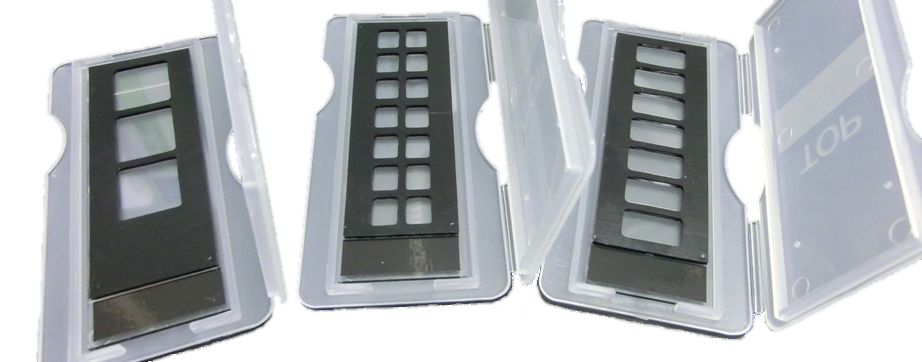Wave of Standarization
What made the world of Windows PCs so big? One of the major reasons for this is that the standardization of technology has made it possible that anyone can enter into the market, thereby competition has reduced the costs, and consequently the number of users has increased explosively. Windows PCs are easy to make for anyone just by purchasing parts and assembling them. This is because all technical matters are open, protocols between devices are standardized, and software development environments are accessible to everyone.
Standardization of Lectin microarray formats and protocol is needed
The glycan/lectin market is still quite small compared to those of genomics and proteomics, and therefore it is very important to promote standardization in order to expand this market. The first thing to do is unify the microarray formats and the protocols. I believe that unifying the disparate formats of each company would be very beneficial. This is because each company can invest resources only to the area of own expertise, and efficiently develop own products and services.
For example, various business styles can be adopted, i.e. manufacturing of scanners only, manufacturing of lectin microarrays only, manufacturing of glycan arrays only, manufacturing of reagent kits only, contract analysis services only, and development of analysis software only. Where there are missing devices and/or consumables in the total service, it is possible to accommodate each other. Because it is standardized, it doesn’t require any extra development for other devices, consumables, and software. Microarrays can also compete in contents (i.e., lectins and glycans) on the same format. A custom chip is manufactured by changing lectins to be immobilized, or a custom chip is manufactured by changing glycans to be immobilized. In this way, we can develop own business with the minimum resources for each other, and more importantly, the users can get the maximum benefit from the overall cooperation.
In the field of lectin microarrays, Mx (emukk LLC) is one of the successors of world’s leading glycan profiling products, and has technically inherited the lectin microarray, LecChip, developed and marketed by Moritex Glycomics Laboratories, which was launched in 2007. There are also other lectin microarrays manufactured by academia for its own research and development, but excluding that, LecChip Ver1.0 is close to the de facto standard in terms of sales results. The cumulative number of LecChips shipped exceeds 30,000 (excluding research and development use). Incidentally, LecChip was originally a registered trademark of GP Bioscience.
The orginal format of LecChip Ver1.0 was 45 lectins (in triplicate) x 7 wells. After that, in the AMED glycomic drug discovery project, two new formats were added by GlycoTechnica, 18 lectins (in triplicate) x 14 wells and 90 lectins (in triplicate) x 3 wells. Below is the formats for your information.
Looking at the fact that there is an international standard ISO16578 for DNA microarrays, a pioneer in the field of microarray, we can not help but say that the world of lectin and glycan microarrays stay in a very local business. International standard ISO16578
Formats of LecChips
LecChip 45 lectins x 7 wells Format
LecChip 18 lectins x 14 wells Format
LecChip 90 lectins x 3 wells Format

Standard Protocol for Lectin microarrays
This is written in the following page in detail. Please refer to the following link.
